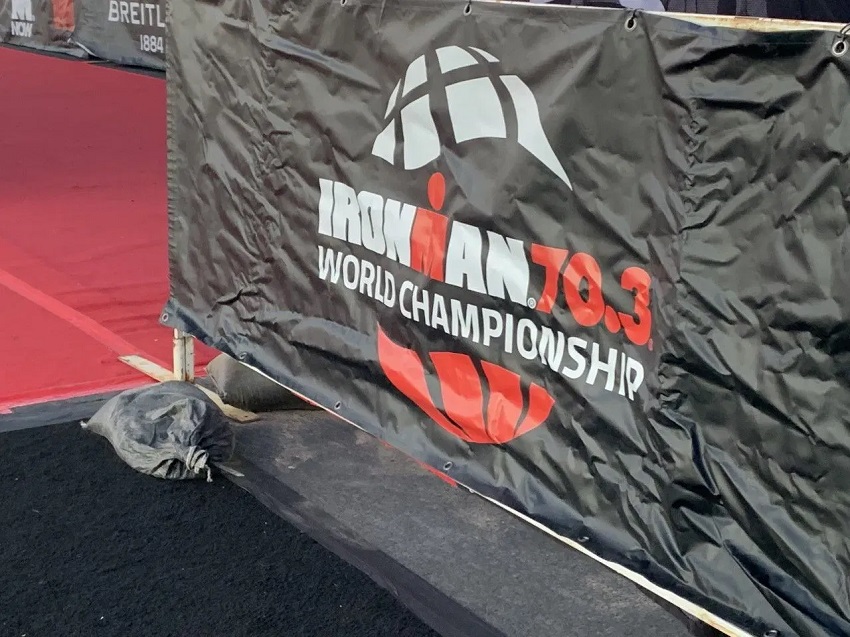ST. GEORGE, Utah — After 16 years of grueling endurance, global recognition, and community pride, St. George is preparing to host its final Ironman race this weekend—marking the end of what many have called the most challenging Ironman event in the United States.
On Saturday, approximately 2,500 athletes will take part in the Ironman 70.3 North American Championship, which begins at Sand Hollow Reservoir and finishes along Main Street in downtown St. George. The race will not only close a chapter in the city’s sporting history but also attract a record number of competitors—up by 1,000 from the previous year—many drawn by the event’s finality.
“I’m trying to take it all in for the last time,” said Chad Lund, a San Diego triathlete who has competed in St. George five times. “It’s a great course. You have to be good on the bike. It’s hot. It’s hilly. But, it’s beautiful.”
Since its debut in 2010, Ironman St. George has grown into a signature event for the region, drawing athletes from around the world and bringing in millions of dollars in tourism revenue annually. According to Chad McWilliams, Manager of Sports for Greater Zion, the 70.3 race weekend typically generates between $7 to $10 million, with annual economic impact reaching close to $12 million when year-round training visits are considered.
“Ironman is irreplaceable,” McWilliams said. “It’s put a lot of eyes on Washington County. It showcases the spirit of our community and has helped build a reputation for hosting world-class sporting events.”
Despite the economic success, McWilliams emphasized that the city will not face financial hardship due to the race’s departure. As the region grows, he said, community leaders are increasing marketing efforts to bolster other events that can help fill the calendar.
“We’re not hurting,” McWilliams added. “In fact, the biggest issue in Washington County is that we don’t have enough weekends for everything we want to host.”
While financial considerations played a role, McWilliams cited urban growth as a key factor in the decision not to renew the Ironman contract. With homes and businesses now bordering many parts of the race route, the logistical challenges have grown.
“This event has a large footprint, and it’s gotten harder and harder,” he said. “People need a bit of a break.”
For many residents, Ironman became more than just a race—it was a cultural touchstone. Marc Mortensen, Director of Operations for the City of St. George, described the conclusion as “bittersweet.”
“The Ironman actually changed my life, and I know that it’s changed the culture of this community,” Mortensen said. “We’ve got several plans for the future—and who knows? Ironman may be part of those plans again someday. We’d love to host another World Championship here.”
For athletes, the sentiment was much the same. Robert Tanner, a participant from Salt Lake City, said the race’s departure inspired him to sign up.
“You can tell the whole city has adapted for the race. I’m super bummed it’s leaving,” said Tanner. “I think I took it for granted, being from Utah. As soon as I heard it was leaving, I registered.”
Some competitors, like Benjamin Miller from Germany, traveled from across the globe to be part of the race’s final chapter.
“I consider myself quite lucky, to be honest,” Miller said. “It’s such an amazing atmosphere with great natural landscapes. I’m really happy to be here and enjoy the race one last time.”
As the community prepares to cheer one final time, local officials remind residents to anticipate road closures and detours throughout race day. Full details are available at ironman.greaterzion.com.
Though this weekend may mark the end of an era, many in St. George believe the Ironman’s legacy will endure—etched into the red rock and spirit of the region it helped put on the map.

